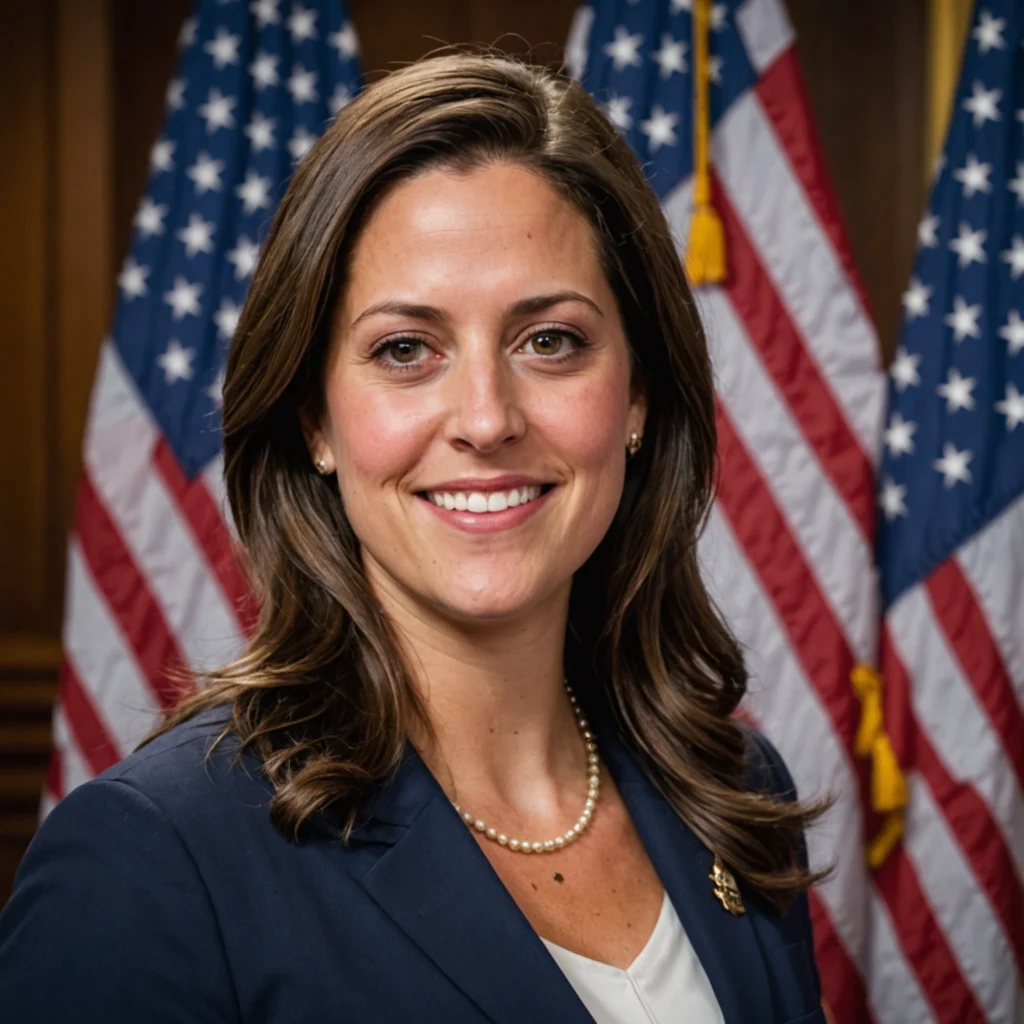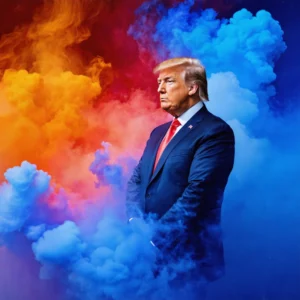
Case Overview: A Political Earthquake
In recent weeks, political analysts witnessed a seismic shift in Republican dynamics. Elise Stefanik emerged as a symbol of a party in turmoil, and voters disclosed their discontent openly. Moreover, political insiders emphasized that Stefanik’s pulled nomination marks both a personal and symbolic loss for the party. Furthermore, seasoned strategists detailed how the ongoing fallout with Trump has deepened divisions. Consequently, this unexpected development forces Republicans to reconsider their modus operandi. Additionally, the political establishment now must reconcile racial, generational, and ideological contrasts that redefine the party’s identity.
Elise’s Rise and Political Symbolism
Stefanik ignited headlines when she ascended rapidly in political prominence. She demonstrated remarkable energy and tenacity in her early career. Moreover, she embraced progressive strategies before critics accused her of eventually aligning with traditional party orthodoxy. In addition, Stefanik capitalized on emerging voter dissatisfaction with past excesses. The following key factors illustrate her driving force:
- Visionary leadership during turbulent times
- Adaptability to evolving political sentiments
- Commitment to addressing grassroots concerns
Consequently, each factor contributed significantly to her rapid rise.
The Unraveling Narrative: Disillusionment in Motion
Politically, Republicans experienced mounting pressure due to Trump’s unpredictable influence. The narrative evolved quickly as discontent among key voter blocs increased. Moreover, party insiders reported that Republican leaders recognized signs of dissent much earlier. Hence, political strategists attempted to introduce reforms that could mitigate backlash. Additionally, the party undertook a multi-step approach to salvage its public image, which included:
- Launching targeted reforms in leadership selection
- Engaging community leaders to bridge ideological gaps
- Investing in a renewed outreach program that links past promises with current needs
Consequently, these steps illuminated the challenges that lie ahead. Furthermore, political commentators argued that the nomination pull represented more than a singular setback; it encapsulated deep-seated issues within the party’s own ranks.
Analyzing the Political Fallout
Moreover, the political fallout deepened as rumors circulated regarding shifting alliances. Political observers witnessed an accelerating decline of loyalty to Trump. Consequently, long-standing party figures reevaluated their relationships with the former president. Additionally, political enthusiasts analyzed the unfolding drama using data and personal interviews. The following table summarizes recent events, dates, and measured impacts:
| Event | Date | Impact Level |
|---|---|---|
| Stefanik’s Nomination Pull | Early April | High |
| Emergence of Dissent Among Party Leaders | Mid-April | Moderate |
| Outreach Program Announcement | Late April | Low to Moderate |
Clearly, the party handled drastic changes deliberately. Furthermore, analysts encouraged strategic realignment that could recalibrate the future Republican electoral path.
Emerging Trends in Republican Strategies
Moreover, political strategists observed emerging trends that signal a transformation within the party. Senate and congressional leaders now commit actively to reforms that reflected voter skepticism. Additionally, grassroots campaigns showcased innovative approaches to address long-standing issues. Accordingly, the following elements now stand out:
- Enhanced transparency in leadership decisions
- Increased reliance on digital platforms for voter engagement
- Greater emphasis on inclusive policy discussions
Furthermore, the party’s leadership experienced a catalytic shift toward introspection. Political veterans discussed how past allegiances to Trump now increasingly clash with the need for progressive reforms. Besides, recent public debates revealed sponsors who supported change vigorously. Consequently, these trends characterize not only a momentary crisis but also a long-term evolution in political dynamics.
Visible Ripples and Voter Sentiments
Thus, poll results now reflect significant shifts in voter sentiments. Enthusiastic supporters of reform and disillusioned conservatives interact actively on social media. Additionally, political blogs and think tanks released analyses that painted a comprehensive picture of voter priorities. Interestingly, the narrative now embraced diversity in political thought. Moreover, historical election data confirmed that voters embrace accountability when faced with overreach. In parallel, the following strategies now emerge as best practices:
- Fostering dialogue between reformist and conservative factions
- Implementing corrective measures to restore voter confidence
- Addressing past excesses with tangible, clear policies
Moreover, political leaders now serve as ambassadors for this fresh outlook. Consequently, the new era of political discourse now values collaboration and transparency over old loyalties.
The Road Ahead: Redemption or Continued Turbulence?
Politicians now face a crucial choice as they confront disillusionment. In response, party strategists generate plans that aim for redemption. Additionally, analysts predict that strategic recalibrations will influence Republican policies. Furthermore, political commentators assert that this period of introspection may yield positive results if leaders adopt inclusive policies. Therefore, the following factors might pave the way forward:
- Embracing open dialogues with disillusioned voters
- Revamping leadership structures to emphasize accountability
- Investing in comprehensive policy reforms that rebuild trust
Moreover, community outreach initiatives now assume central roles in bridging ideological divides. Undoubtedly, political leaders now face heightened scrutiny. Additionally, several experts encourage transparent communication strategies. Consequently, the future may witness the resurrection of party ideology founded on integrity and responsiveness.
Concluding Observations and Future Possibilities
Politicians continue to grapple with both historical loyalties and emerging realities. Meanwhile, public discourse reveals a sustained enthusiasm for meaningful change that transcends former allegiances. Furthermore, prominent journalists document firsthand accounts of reform debates across the party’s summits. Additionally, political analysts stress the need for continuous evolution in Republican strategies to avoid stagnation. Finally, voter preferences progressively signal a departure from traditional political loyalties. Consequently, the coming months will represent a testing ground for renewed Republican leadership that chooses accountability over dogma. Moreover, political observers now watch every move, eagerly anticipating the next chapter in this transformative period.




